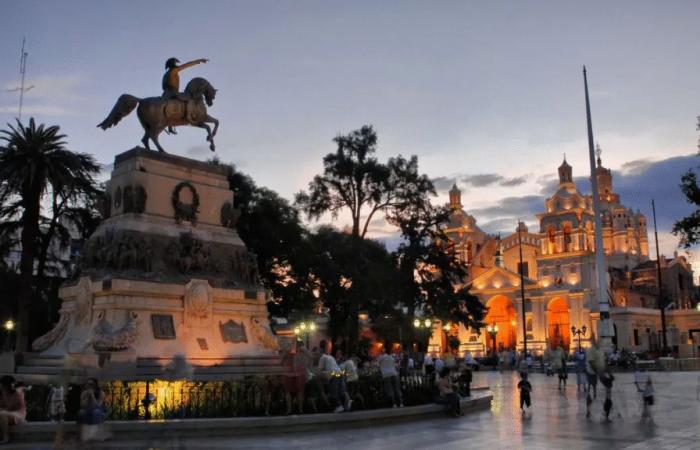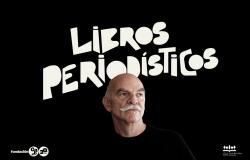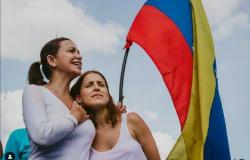This was revealed by a report from the Argentine Confederation of Medium Enterprises (CAME)which pointed out: “The main characteristic of this holiday was close tourism, with travelers who spent less than usual, made shorter stays and chose destinations with promotions.”
The average daily expenditure per tourist was $ 82,100, with an average stay of 2.7 days, which implied an approximate total disbursement of $ 221,670 per person throughout the trip.
Read more ► The World Bank awarded a new credit to Argentina to boost formal employment
The tourist movement recorded this year exceeded the previous year, when the holiday understood only three days.
When comparing with the same 2023 period, the number of tourists experienced a 26% growth, while the estimated total expenditure increased by 42.6% in real terms. When taking as reference the year 2018, the last one in which the holiday had four days, the number of tourists increased by 15.9% and the estimated total expenditure grew by 24.4%. However, a 10% decrease in the average duration of the stays was found compared to that year.
From Came they said: “Although the movement was moderate, rural tourism, escapes to intermediate cities and trips to destinations with free activities or special discounts had better performance. That trend reflected a change in consumption habits and choice before the current economic situation.”
Read more ► The provinces received more funds in April: Santa Fe and Córdoba, last in the table
The report also noted that this long weekend presented atypical characteristics, since numerous people chose to work on Friday, which influenced the duration of the stays.
Aerolineas Argentinas mobilized about 160,000 passengers within the national territory during the four days, reaching occupancy levels greater than 80% in its cabotage flights. Among the destinations most chosen by travelers were Mendoza, Córdoba, Bariloche, Iguazú, Neuquén, Salta, Ushuaia and El Calafate.






